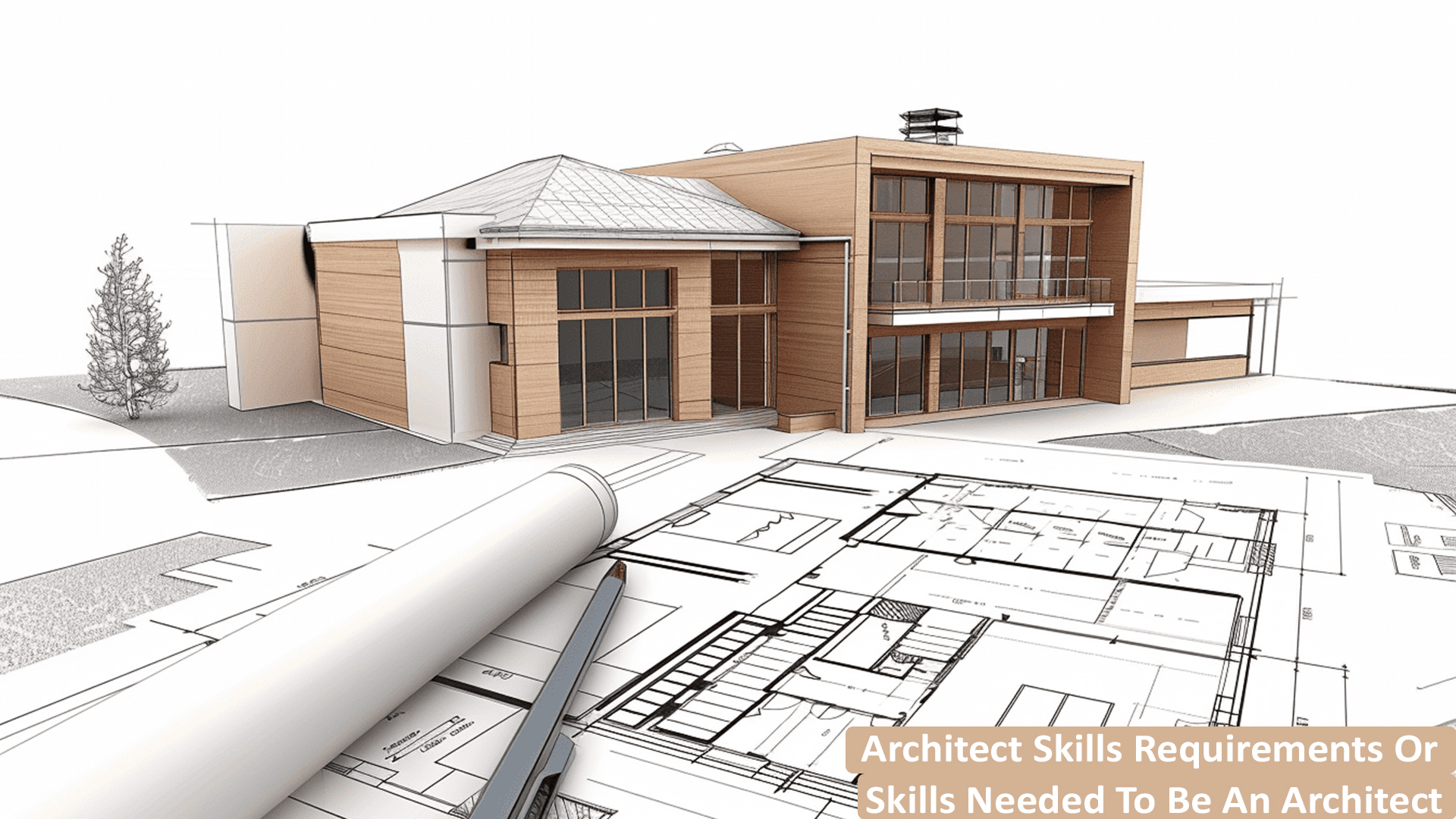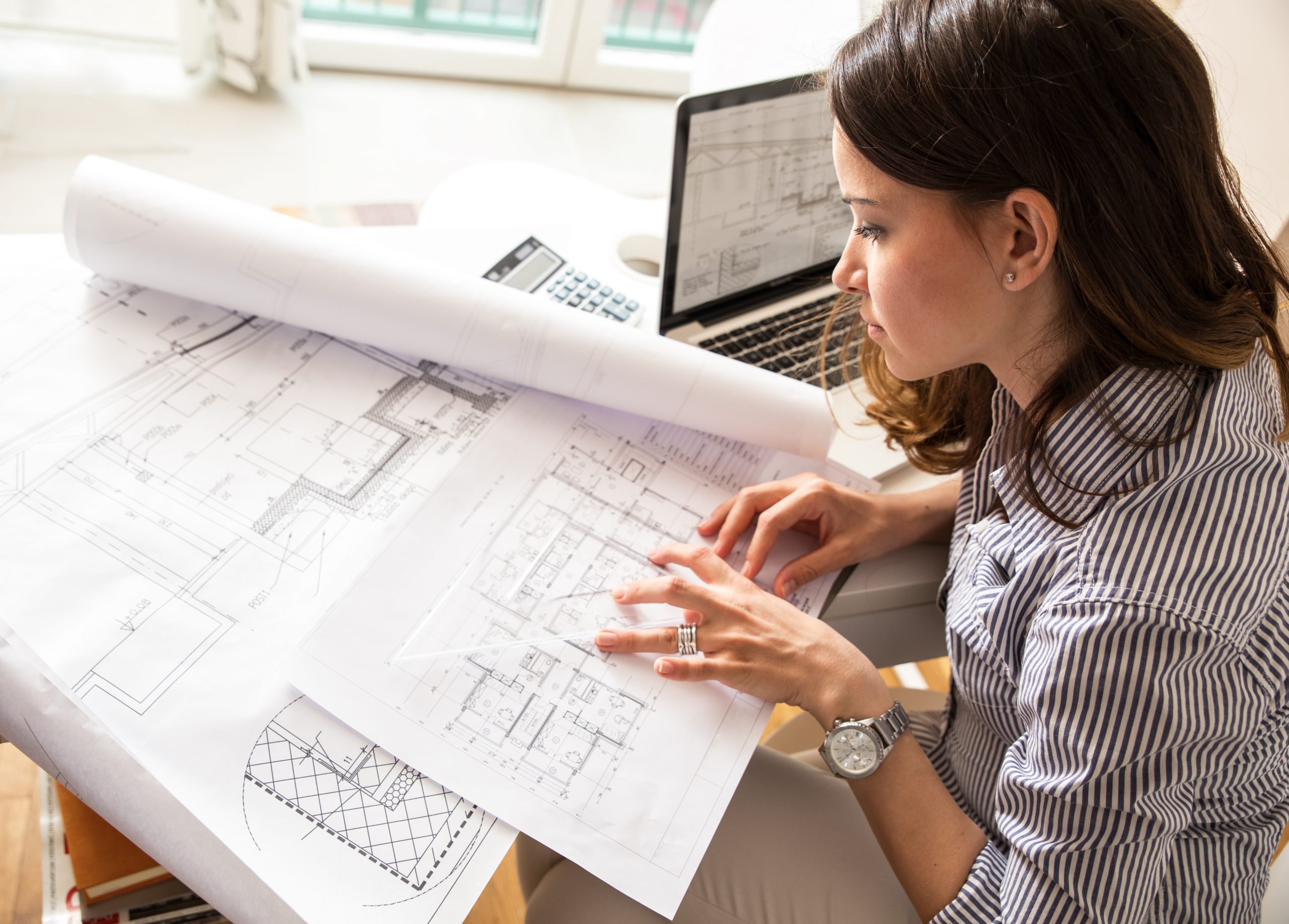Architect Rules for Designing Classic Interiors
Architect Rules for Designing Classic Interiors
Blog Article
Discover the Necessary Abilities and Top Qualities Every Architect Need To Possess
As an engineer, you know that success in your area goes beyond simply technical skills. It's regarding mixing creativity with practicality, cultivating collaboration, and handling jobs properly. Each quality plays a crucial role in your capability to create spaces that motivate and work well. What are the specific skills that can absolutely set you apart? Allow's discover the essential qualities every Architect ought to grow to flourish in this ever-evolving profession.
Creativity and Innovation
Imagination and innovation are at the heart of architecture, driving the design of spaces that motivate and work effortlessly. You'll continuously check out new products, strategies, and technologies to enhance your styles.
You'll also attract motivation from numerous resources-- nature, art, and also everyday life can spark fresh ideas. This ability to blend creativity with functionality permits you to resolve complicated problems, ensuring your layouts meet both functional and aesthetic requirements.
Solid Interaction Skills
While creating exceptional areas calls for creativity, solid communication skills are equally as essential for designers. You require to convey your ideas clearly to customers, professionals, and staff member. Listening is simply as crucial; understanding your customer's vision aids you create layouts that genuinely fulfill their demands.
You'll usually have to clarify complex principles in a manner that's easy to understand, whether you exist a proposition or going over materials. Effective interaction promotes cooperation, making certain every person is on the exact same page throughout the task.
Building relationships is necessary, as well. When you develop depend on and relationship, customers are extra likely to share their concerns and comments, bring about much better results.
Finally, do not take too lightly the power of body movement and visual aids. They can improve your message and make your discussions much more interesting. Solid communication skills not only boost your styles yet also strengthen your professional partnerships in the building globe.
Technical Proficiency in Design Software Program
As you browse the ever-evolving globe of architecture, mastering style software application ends up being vital for translating your innovative ideas into concrete plans. Acquainting on your own with programs like AutoCAD, Revit, and SketchUp will certainly not only enhance your style abilities however likewise improve your workflow. These tools permit you to create thorough drawings, 3D models, and even simulations that can assist you envision and offer your principles better.
Exceling in these software program applications likewise increases your partnership with specialists and engineers, as everybody can function from the same digital structure. In addition, your capacity to adjust to brand-new modern technologies will certainly maintain you affordable in the area. Regularly updating your skills and checking out new features can set you aside from your peers, ensuring your designs are accurate and cutting-edge. Ultimately, technical proficiency in design software program is a cornerstone of effective design, assisting you bring your visions to life.
Comprehending of Design Concepts

Comprehending design principles likewise allows you to expect possible difficulties early in the layout procedure. When you understand how various products act under various conditions, you can make enlightened selections that boost your layouts. Your layouts should not just be aesthetically pleasing however sustainable and likewise sensible.
Furthermore, a solid understanding of design principles allows you to innovate within constraints. You can push innovative borders while still sticking to safety criteria. Inevitably, this understanding enhances your architectural practice and establishes you apart in an affordable field.
Project Management Abilities
Efficient job monitoring capacities are important for designers, allowing you to look after all aspects of a task from conception to completion. You'll require to collaborate with numerous stakeholders, including designers, clients, and professionals, making certain every person's on the exact same web page. Establishing clear objectives, timelines, and budget plans is basic; it helps you keep the job on course and within scope.
As an architect, you must also be proficient in danger monitoring, determining potential problems before they intensify. Solid interaction skills are necessary, enabling you to articulate your vision and motivate your group. You'll gain from being organized and detail-oriented, as this assists streamline procedures and avoid costly delays.
Furthermore, versatility is essential; projects usually evolve, and being flexible permits you to react successfully to changes. Ultimately, your task monitoring abilities can greatly impact the success of your architectural undertakings, guaranteeing you deliver quality results on time and within spending plan.
Focus to Information
While handling projects is necessary, your focus to detail can make a significant distinction in the quality of your job. Every line you draw, every material you select, and every small requirements you note adds to the total success of a task. You need to be careful, ensuring that your layouts not just fulfill visual requirements however also adhere to building policies and codes.
Missing also a little information can bring about expensive alterations or safety and security problems down the line. By cultivating a keen eye for detail, you improve your capacity to spot prospective issues before they escalate. This watchfulness not just saves you time and sources however likewise develops your track record as a trustworthy Architect. Bear in mind, it's typically the smallest details that elevate a task from excellent to exceptional. So, accept this skill, and let it lead your design process, making sure that your vision is implemented faultlessly.
Flexibility and Problem-Solving Skills
As an engineer, you'll commonly deal with unanticipated changes in design and task needs. Your capability to embrace these shifts and locate cutting-edge options is crucial for success. Staying adaptable in your technique not just enhances your analytical abilities however likewise keeps your projects on course.
Accepting Modification in Style
Welcoming modification in design is necessary for architects, particularly when guiding progressing customer demands and emerging technologies. You require to cultivate versatility, as jobs usually change instructions based on new understandings or constraints. Being open to alter permits you to explore ingenious techniques and develop solutions that resonate with your clients.
When confronted with obstacles, your problem-solving abilities enter play. You'll frequently require to reconsider ideas and readjust plans on the fly, making certain that the last result aligns with the customer's vision while fulfilling safety and regulatory criteria. By being resourceful and adaptable, more info you not only improve your layouts yet also build depend on with your clients, verifying that you can browse the intricacies of modern-day architecture effectively.
Cutting-edge Solutions to Obstacles

Versatility in Job Management
While steering the complexities of job administration, flexibility becomes a crucial property for designers. You'll frequently deal with unforeseen challenges, from layout changes to spending plan restrictions, requiring fast reasoning and adaptability. Embracing adjustment enables you to pivot your methods and find innovative remedies, making sure project success.
Strong analytic abilities are important; they enable you to examine situations, evaluate choices, and carry out reliable remedies on the fly. When collaborating with diverse groups, being open to comments and alternative ideas fosters cooperation and sparks imagination.
Frequently Asked Concerns
What Educational Background Is Needed to Become a Designer?
To become a designer, you'll need at the very least an expert degree in style, usually a Bachelor's or Master's. Getting and completing an internship licensure with exams is vital for your occupation innovation.
How Essential Is Networking in the Design Field?
Networking's necessary in architecture. It assists you develop connections, uncover work opportunities, and gain understandings from knowledgeable specialists. By getting in touch with others, you boost your profession potential customers and stay updated on sector patterns and advancements.
What Are the Common Career Paths for Architects?
Common profession paths for engineers consist of design duties in companies, job website administration, urban planning, and specialized areas like sustainable design. Architect. You may additionally check out training or consulting, relying on your experiences and passions
Just How Can Architects Stay Updated With Market Trends?
To stay updated with industry trends, you must on a regular basis go to meetings, join professional organizations, sign up for relevant publications, and engage with on-line forums. Connecting with peers likewise aids you get understandings into emerging growths in architecture.
What Function Does Sustainability Play in Modern Style?
Sustainability forms contemporary design by highlighting energy performance, source conservation, and environment-friendly materials. You'll develop spaces that decrease environmental effect, enhance owner wellness, and respond to environment obstacles, making your styles much more impactful and pertinent.
While creating remarkable spaces calls for imagination, strong communication abilities are just as critical for architects. Solid interaction skills not only elevate your styles but likewise reinforce your professional connections in the building globe.
Proficiency in design software program lays the foundation for a deeper understanding of engineering principles, which is vital for architects.As an architect, you'll frequently deal with unanticipated changes in style and task demands.Accepting adjustment in layout is essential for designers, especially when guiding evolving client requirements and emerging technologies.
Report this page